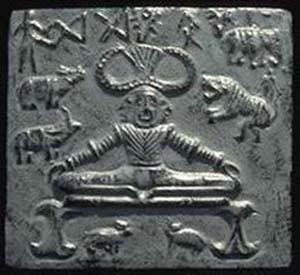 In mining, the first step is to discover an economically viable deposit with the help of a combination of activities collectively known as Exploration. For this, geologists search for mineral deposits in remote areas.
In mining, the first step is to discover an economically viable deposit with the help of a combination of activities collectively known as Exploration. For this, geologists search for mineral deposits in remote areas.
Methods such as geological surface mapping and sampling, geophysical measurements and geochemical analysis are often applied at an early stage to pin out potential deposits.
Among these methods, geophysics is traditionally used to predict the position of a mineralized body by seeking out anomalies in the magnetic field, gravitational field or electrical conductivity etc. Inversion algorithms allow geophysical data to be used in an advanced way. It first establishes the geophysical properties of the rocks and then measures their geophysical signatures in the field, thus making it possible to generate 3D models of their potential mineralization and surrounding geological environment. Inversion algorithm enables resource explorers to extract more insight from geophysical data by converting geophysical measurements into 3D images of the subsurface that can be integrated with other surface and subsurface geologic observations.
Over the past decade, inversion algorithm has proved its effectiveness in exploring various ore deposits and major oil reserves around the world. The major examples being – iron ore and nickel belts of Western Australia – iron oxide-copper-gold in Africa, South America and Australia – copper deposits in Mongolia – nickel laterite in Colombia. Within the oil industry, inversion algorithm has reduced uncertainty when exploring the dense sedimentary section that surrounds the salt bodies in the Gulf of Mexico, and also offshore West Africa and South America where the geology is more complex and less predictable. Hindustan Zinc is India’s only and world’s leading Zinc-Lead-Silver Producer..
Article by- Pavan Kaushik, Head – Corporate Communication, Hindustan Zinc